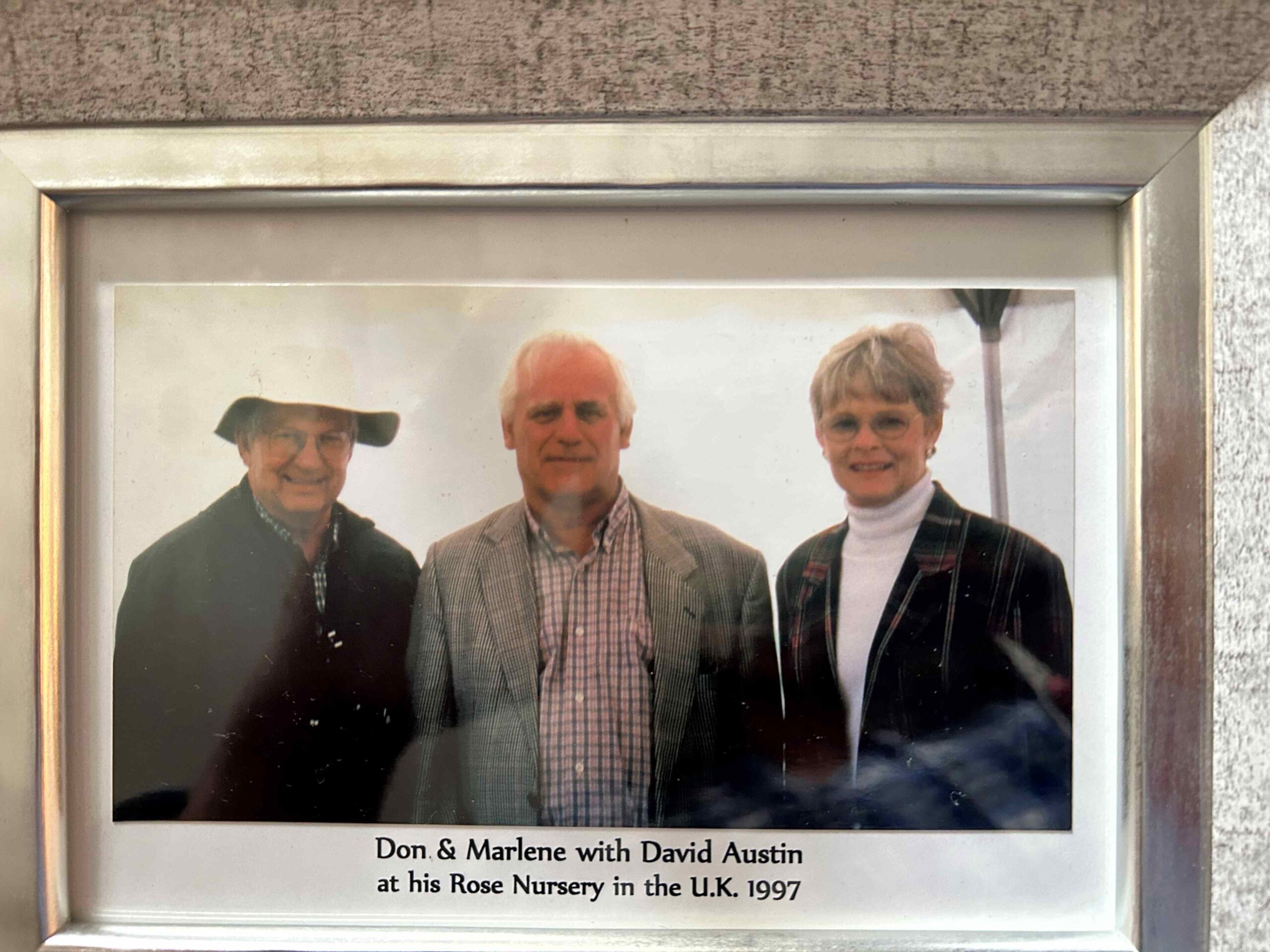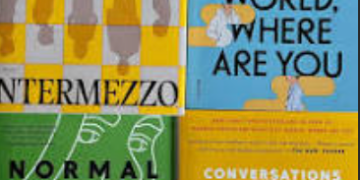
In the early 1950s, British horticulturalist, David Austin, set out to develop a new breed of rose. He was saddened that the Old Rose was being replaced by the newer Hybrid Tea Rose. While beautiful and fragrant, the Old Rose was limited in color and durability. The Hybrid Teas, on the other hand, came in a wide variety of colors, flowered longer, and were more disease resistant than the Old Rose.
After a decade of trial and error, Austin introduced his first success – a rose he called the Constance Spry. He categorized this new variety as an Old English Rose – a careful cross between Old Roses and the newer Hybrid Tea Roses. Over the next fifty years, he developed over 200 more varieties of Old English Roses.
These roses have the color and heartiness of the Hybrid Tea Roses but keep the unique full composition of the Old Roses (sometimes called cabbage roses because of their tight, many layered bloom).
In 1997, Showalter and his late wife, Marlene visited Austin in Shropshire, England. Austin somehow found out that the Showalters grew his roses in the United States and directed his butler to bring champagne and three glasses to drink a toast to the two green-thumbed Americans.
The Showalter rose beds have expanded to include over 200 roses. To assist caring for them, Don had the good fortune in finding a VMRC resident, Linda Basinger, who comes to his garden two days a week. This season, watering was a primary task.
Marlene was more interested in vegetables and herbs and didn’t want roses in her garden due to thorns. Don found an antique rose, Zephirine Drouhin (1873) that had no thorns. That rose blooms over an arbor entering the garden.
The tender, loving care that the roses receive is evident in their beauty. We all know that fall flowers don’t last long. As soon as the first frost hits, much of their loveliness will fade. But like the hope of springtime, the hope of the roses flourishing again the next year is what helps us get through the long winter ahead.




































